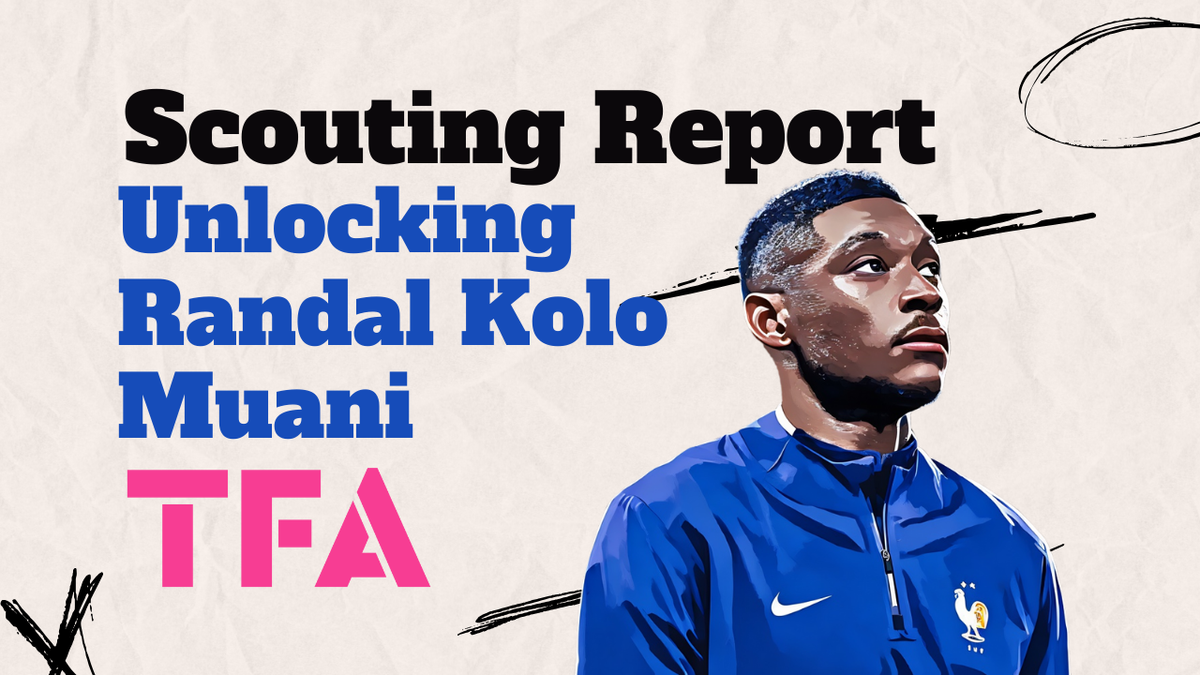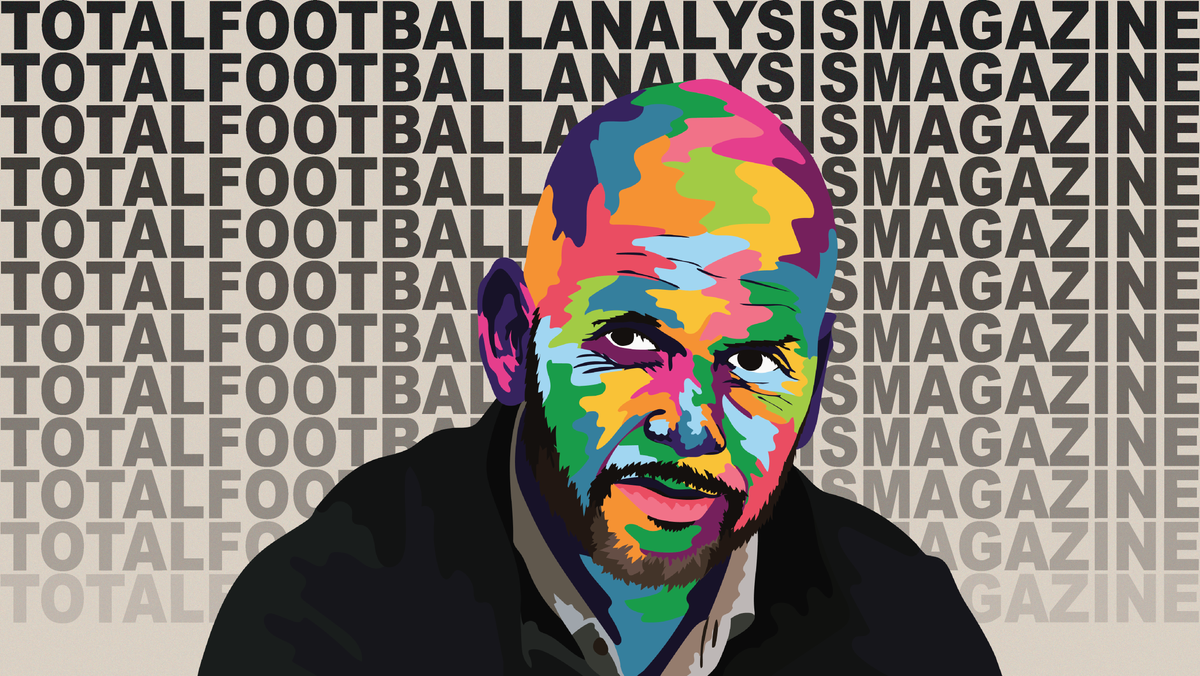Midjtylland in Denmark are one of the few clubs in the world that are embracing set-pieces for they are a hugely underrated aspect of the game. They hired a set-piece specialist along with dedicated kicking coaches to enhance their set-piece output and have even built a dedicated “set-piece lounge” where players can analyse clips and stats of how their opponents line up for free kicks and corners. Their debut season adopting such an approach was a roaring success, with a total of 23 goals (35% of their total goals in the league) from set-pieces, which won them their first Superliga title in their history. They have continued focusing on set-pieces and have again been clinical from them scoring an incredible 19 set-piece goals so far this season. In part 1 I’ll look at their goals from free-kicks and throw-ins, whilst in part 2 I’ll analyse their corner routines to see how they’ve managed to be so effective from set-pieces.
Vs Randers 30th July (throw-in)
The first observation I have is that the Midtjylland throw-in taker has a monster of a throw. This is likely not a lucky coincidence considering their focus on set-pieces and is likely a key part of their arsenal. The throw-in itself looks to consist of a group of 3 players nearest to the throw-in taker – likely for a flick on towards the middle of the area where another group of players are attacking from deep. This flick on isn’t needed however due to a horrendous error by the goalkeeper.
Vs Nordsjaelland 13th August (free kick)
We see the Midtjylland approach the free kick much like they would a corner (no real surprise considering the position of the free kick). The Midtjylland attack are relatively split up which is a good tactic – doing this forces the opposition to spread out as well, allowing a greater focus on attacking one particular area with runs. This is exactly what Midtjylland do, with the pair by the penalty spot splitting, with one attacking the near post area along with another runner and the player positioned by the near post. This causes an overload in a key area which results in the goal. Also interesting is the emphasis on back-post runs, with a runner from the back of the area (outside of the goalkeepers peripheral vision) being joined by one of the pair from the penalty spot.
Vs Kopenhavn 10th September (free kick)
A pretty generic free-kick from a wide area with only one real key point. The player standing in an offside position – this player can have a couple of uses. The first is as a distraction – by remaining in an offside position the 2 defenders nearest have to keep checking his position ensuring he’s still in an offside position, which may distract them from checking the positioning of other attackers. The second use is as a blocker – as he’s running back onside it can impede the run of the defender, possibly causing him to lose a bit of ground. Potentially the difference between a goal or not.
Vs Horsens 20th October (throw-in)
We see a similar set-up to the previous throw-in. Players group together at the near corner of the 6-yard area gambling on receiving the flick on towards a group of players attacking the back-post from deep for a simple but effective move.
Vs AGF 27th November (free kick)
This time we have 2 players standing in an offside position – also possibly obstructing the goalkeeper’s view of the kick. The 2 players standing offside run back onside as the kick is taken and act as blockers – stopping the defenders they block from making a defensive run into the box. It’s worth noting that both the free-kicks from this angle looked at so far have players making a diagonal run towards the box from a deep angle – with the ball placed perfectly on the edge of the 6-yard box.
Vs OB 4th December (free kick)
Midtjylland adopt what I’ve termed as the “Vio Screen” – named after Italian set-piece legend Gianni Vio who coaches this to whichever team he’s working at (currently at Leeds). The idea is to set up a wall of your own either next to, in front of or behind the opponent’s defensive wall. This obstructs the goalkeepers vision that can prevent him setting up the wall exactly as he would like (giving a slight advantage when the kick is taken) or potentially forcing him to adopt a starting position that he doesn’t necessarily want to (due to wanting to see the ball) – which could delay him getting into position to save the shot, or seeing the ball a fraction of a second later, which could be the difference between a goal or not.
Vs Kopenhavn 18th February (free kick)
A slight twist on the Vio screen, with 2 screens used. The first screen stands a couple of feet to the side of the wall meaning the goalkeeper can’t see the ball if he shuffles across. The second wall stands in front of the Kopenhavn wall – directly in front of the ball obstructing the view of the ball through the players’ legs for the goalkeeper. These 2 players split and run around the defensive wall as the kick is taken providing an option for a follow-up in case the shot is saved or rebounds off the woodwork – demonstrated perfectly as the ball falls right at the feet of one of the Midtjylland players following the ball in.
Vs Nordsjaelland 15th April (free kick)
Another Vio screen used to great effect. This time, however, the Midtjylland wall moves into the Nordsjaelland wall – creating a perfect gap for the free kick to fly through giving the goalkeeper no chance.
In part 2 I explore another key to Midtjyllands success – their use of corners.





Comments